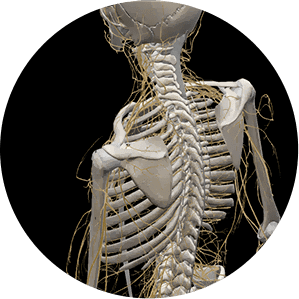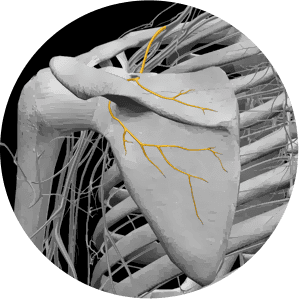Traditional treatment for pinched nerve pain targets the locus of pain with the aim of reducing inflammation and decreasing pressure on the nerve. Treatment may include:
- Ice and NSAIDs to treat pain and inflammation
- Rest and activity modification
- Corticosteroid shots
- Chiropractic manipulation
- Physical therapy
The sports medicine professionals at NYDNRehab use state-of-the art technologies and innovative treatment methods to identify and correct compressed and entrapped nerves.
Some of our treatment methods include:
- Real time dynamic ultrasound
- DNS (dynamic neuromuscular stabilization)
- Exercises for upper body motor control
- Range of motion exercises
- Acupuncture
- Postural correction
- Gait analysis and retraining
- ESWT (extracorporeal shock wave therapy)
Many of our technologies and treatment approaches are unique to our midtown Manhattan Physical Therapy clinic, and cannot be found at other clinics. Our end goal is to go beyond treating pain, to getting to its source, eliminating it, and restoring optimal function to the patient.








































